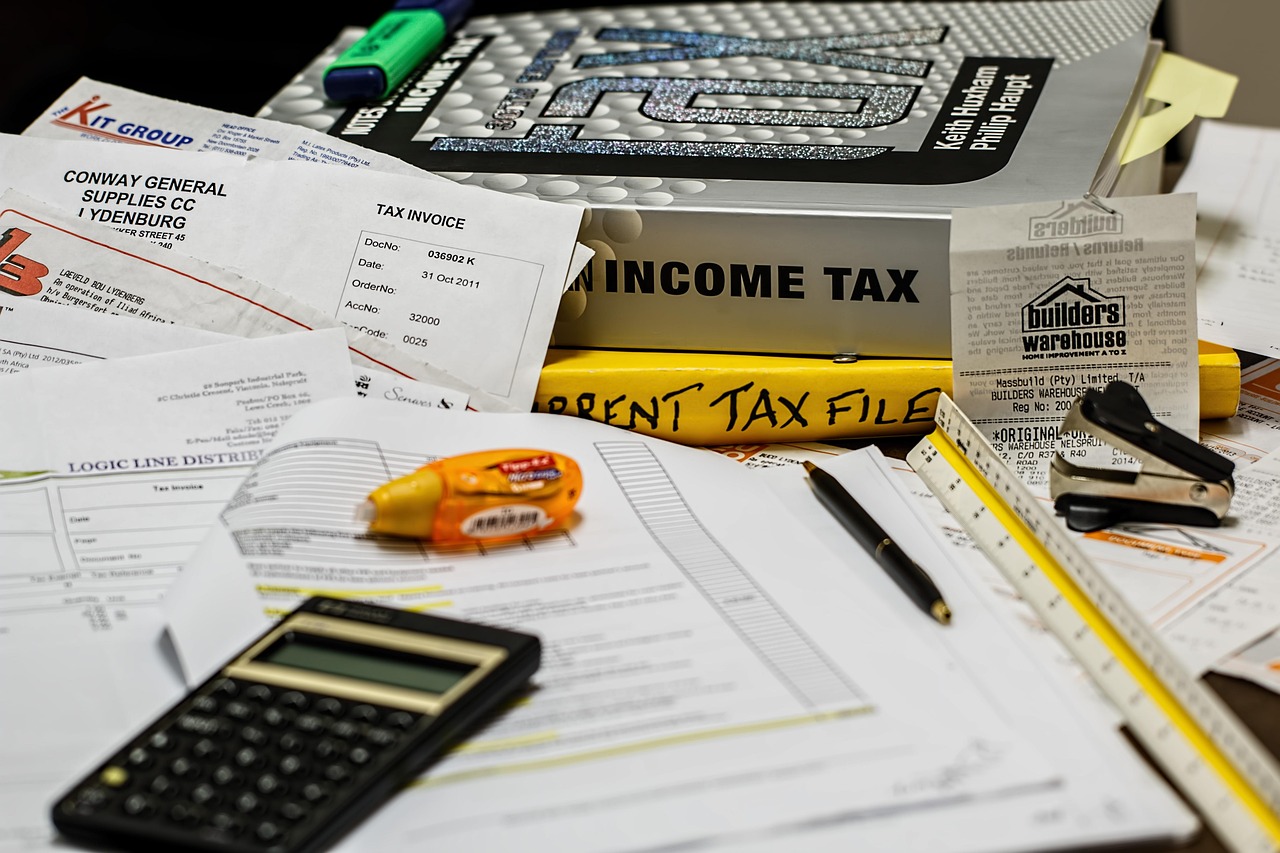Restaurants have to price their meals properly. They have to take into account the cost of ingredients used to prepare the meals, overhead costs, real estate ownership or rental cost, taxes and other expenses. Mistakes in calculating meal prices can lead to either underpricing or overpricing. Both conditions are bad for the business. Higher profit is always welcome but restaurants have to make sure customers are not charged more than necessary. This is especially true for locations where there are other restaurants offering same or similar meals. Restaurant meal prices must be reasonable in a competitive location.
The first step in determining the prices of a meal is to list the ingredients used to make it. It is important to include costs of seasonings, garnishes and cooking oil. Chefs have to ensure same quantity and amount of ingredients are used every time to prepare the same meal. The portion of a meal served to different customers should be same. The cost of an ingredient should also include expenses associated with its delivery, storage, processing and other expenses. All these costs should be calculated to price a meal correctly.
All types of non-food costs like rent, labor, taxes, marketing and other expenses should be calculated. There is daily overhead cost in running a restaurant. The owner has to take into account the expected number of daily customers. The overhead daily cost should be divided by the number of customers expected to visit the restaurant in a day. The result is overhead cost per person. There is a breakeven point where the restaurant owner is going to recover all expenses. The profit should be added to the amount calculated at this point. The result is the price that a customer can be charged for the meal.
There are some other irregular factors that affect restaurant meal prices. There may be seasonal fluctuations in the market demand. There is poor demand for local products and services in times of natural disasters or long holidays in a business district. Sometimes, food prices soar due to non-availability of foods. The reasons could be poor production in farms due to adverse weather or transport problem. It can be difficult to keep menu prices stable in such times. Fluctuating prices of meals in a restaurant are not liked by customers. The owner has to maintain standard pricing all year round as much as possible. It is easy to lower price but difficult to raise it again. There may be higher profits when there is high demand while at other times the profit may be lower. The meal prices should be set after taking into account all these issues.
Restaurant owners have to decide what type of clientele they want to attract to their restaurant. The prices should be set accordingly. Cheap meals are expected in a fast food restaurant while keeping the price very low in a fancier restaurant can be counterproductive. Customers visiting a high end restaurant may doubt the quality of food if the meal is priced very low. The restaurant owner should consider all these things and price each meal in the menu correctly. It helps avoid business losses. The customers are not confused when they see standard and clear restaurant meal prices.








